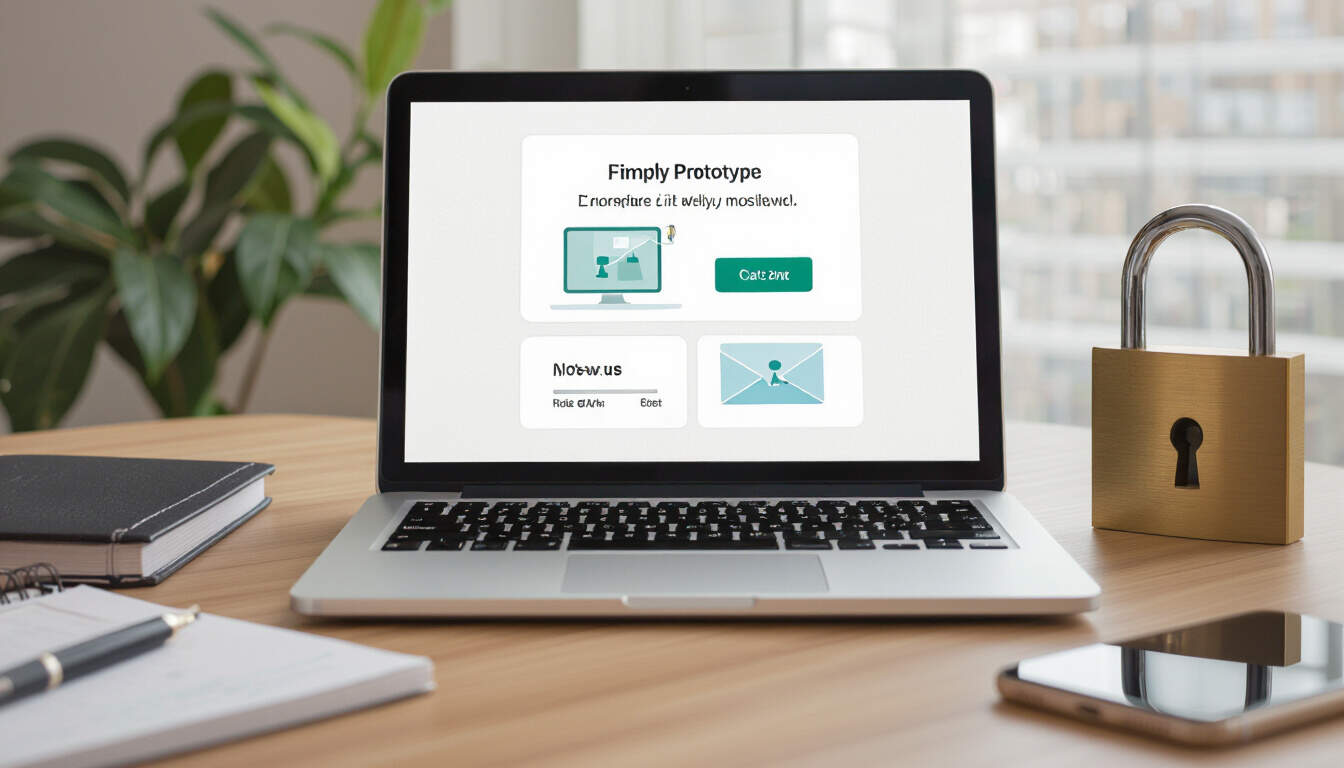Securing Ideas with Zero-Code Tools for MVP Validation
 by Lilian Nienow
by Lilian Nienow
Explore practical ways entrepreneurs can use zero-code tools to validate minimum viable products while keeping ideas safe. This article covers essential strategies and methods to test concepts efficiently without coding, ensuring protection throughout the process.

Many entrepreneurs and startups face the challenge of turning ideas into reality quickly and affordably. Using zero-code tools offers a straightforward way to build and test prototypes. These tools allow users to create functional applications without writing code, making zero-code tools ideal for early-stage validation.
In the process of developing a minimum viable product, or MVP, the focus is on gathering feedback fast. An MVP represents the basic version of a product that includes only core features. By employing zero-code platforms, teams can iterate on designs rapidly. For instance, tools like Bubble or Adalo enable the creation of web and mobile apps through visual interfaces.
One key strategy involves starting with user research. Before building anything, gather insights from potential customers to refine the idea. This approach ensures that the MVP addresses real needs. Zero-code tools simplify this by allowing quick mockups that can be shared for feedback.
Another effective method is A/B testing. With MVP validation, creators can test different versions of a product to see what resonates most. Platforms such as Webflow make it easy to design and deploy landing pages for these tests. The data collected helps in making informed decisions.
Protecting ideas is equally important during validation. One basic step is using non-disclosure agreements, or NDAs, when sharing prototypes. This legal document ensures that recipients keep information confidential. For startups, combining NDAs with zero-code development keeps sensitive details secure while still allowing collaboration.
Intellectual property registration provides another layer of defense. Filing for patents or trademarks can safeguard unique concepts early on. While this might seem formal, it pairs well with zero-code workflows because it doesn't require technical expertise to initiate.
Consider a scenario where a product manager is validating a new app idea. They use a zero-code tool to build a simple prototype and share it with a select group under an NDA. The feedback loop is tight, and adjustments are made swiftly based on responses.
To organize the validation process, follow these steps:
- Identify core features for the MVP.
- Select a suitable zero-code platform based on project needs.
- Develop and test the prototype with a small audience.
- Analyze results and iterate as needed.
- Implement protection measures like NDAs from the start.
This structured approach minimizes risks and maximizes efficiency. For product managers, the ability to prototype without coding means more time for strategic planning.
Beyond basic tools, integrating analytics is crucial. Many zero-code platforms include built-in features for tracking user interactions. This data drives improvements and validates the idea's potential. By focusing on metrics like user engagement, teams can gauge success early.
When it involves protecting ideas, timing is key. Register intellectual property before widespread sharing to avoid exposure. Zero-code tools facilitate this by allowing controlled testing environments.
In practice, entrepreneurs often combine multiple strategies. For example, using zero-code for rapid prototyping while employing NDAs ensures that innovation stays protected. This balance is essential for maintaining a competitive edge.
Ultimately, the goal is to validate ideas efficiently. With the right tools and precautions, startups can move forward confidently. Zero-code options democratize development, making it accessible to all.
To wrap up, embracing these methods leads to better outcomes. By prioritizing both validation and protection, entrepreneurs set themselves up for long-term success.
